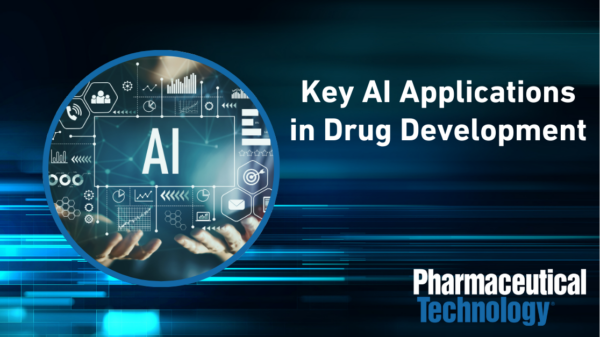Generative models are at the forefront of artificial intelligence innovation, playing a pivotal role in the development of both generative and agentic AI technologies. These models use machine learning to analyze existing content and create new, similar content based on their training data. With varying design and implementation approaches, the choice of a generative model can significantly depend on factors such as the intended use case and the availability of training data.
Understanding Generative Models
Generative models identify patterns within training data and utilize those patterns to produce new data through a method known as inference. The newly generated data is similar in form and content to the input data but is not identical. For instance, a model trained on thousands of cat images can generate a unique cat image based on the shapes and colors it learned during training.
Today, five primary types of generative models are widely used: Variational Autoencoders (VAEs), Generative Adversarial Networks (GANs), Diffusion Models, Transformers, and Neural Radiance Fields (NeRFs). Organizations must evaluate how each model operates, along with its strengths and limitations, to select the most suitable option.
Key Types of Generative Models
1. Variational Autoencoders (VAEs)
VAEs operate by encoding input data to create a probability distribution that captures relevant features. They then sample from this distribution to generate new data points that resemble the original training data. This probabilistic approach allows VAEs to manage uncertainty effectively, making them particularly useful in situations where training data is limited or of low quality. However, this same strategy can lead to overlooking finer details in the generated output.
2. Generative Adversarial Networks (GANs)
GANs employ a competitive training process involving two components: a generator that creates new data and a discriminator that evaluates it against the training data. Over time, this adversarial setup enables GANs to produce highly realistic content, often sharper and more detailed than that generated by VAEs. However, GANs require significant computational resources and extensive training time.
3. Diffusion Models
Diffusion models generate content by first adding noise to the training data until the original content is unrecognizable. They then incrementally remove the noise to create new, similar content. While they can produce highly accurate visual and audio content, their training process demands considerable computational power, and they may struggle with intricate details due to the nature of their noising-denoising process.
4. Transformers
Transformers, the underlying models for many popular generative AI products like OpenAI’s ChatGPT and Google’s Gemini, utilize an attention mechanism to analyze relationships within training data. By breaking input data into tokens and evaluating their relationships, transformers excel at understanding context and generating coherent text. However, they necessitate substantial datasets and computational power, making them less accessible for smaller applications.
5. Neural Radiance Fields (NeRFs)
NeRFs are specialized for creating 3D content from 2D images. They produce rays from a camera’s perspective and predict the color and density of each point along these rays. While NeRFs can generate impressive 3D imagery with less training data than other models, they are not ideal for real-time applications due to their slow processing speed.
Choosing the Right Generative Model
To select the appropriate generative model for a project, consider several factors:
- Intended Use: Certain models, like diffusion models, are more suited for specific tasks, while others like GANs and transformers offer broader flexibility.
- Training Data Size and Quality: In scenarios involving limited or low-quality training data, VAEs may be more effective.
- Training Time: Some models, such as VAEs, require less training time, making them more practical for quick deployments.
- Training Risks: Models like VAEs and diffusion models typically offer lower risks during training compared to GANs.
- Inference Time: GANs generally provide faster content generation than VAEs.
Each generative model has unique advantages and disadvantages, making an informed choice essential for effective AI applications.
 Sam Altman Praises ChatGPT for Improved Em Dash Handling
Sam Altman Praises ChatGPT for Improved Em Dash Handling AI Country Song Fails to Top Billboard Chart Amid Viral Buzz
AI Country Song Fails to Top Billboard Chart Amid Viral Buzz GPT-5.1 and Claude 4.5 Sonnet Personality Showdown: A Comprehensive Test
GPT-5.1 and Claude 4.5 Sonnet Personality Showdown: A Comprehensive Test Rethink Your Presentations with OnlyOffice: A Free PowerPoint Alternative
Rethink Your Presentations with OnlyOffice: A Free PowerPoint Alternative OpenAI Enhances ChatGPT with Em-Dash Personalization Feature
OpenAI Enhances ChatGPT with Em-Dash Personalization Feature


































































